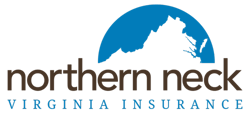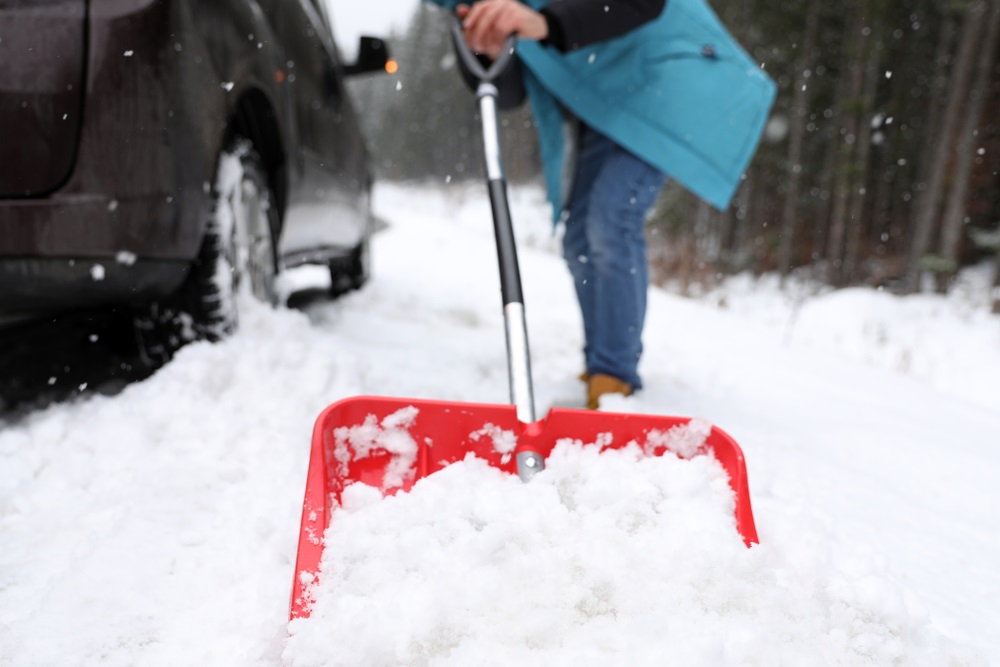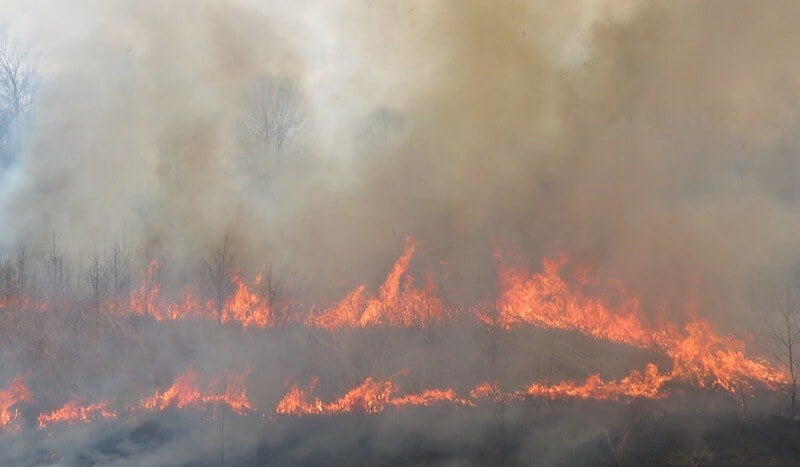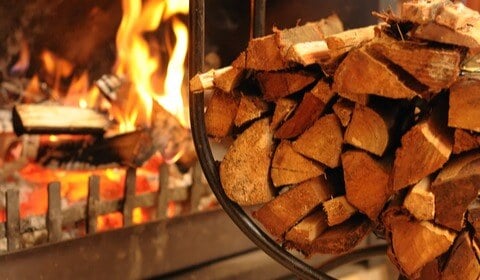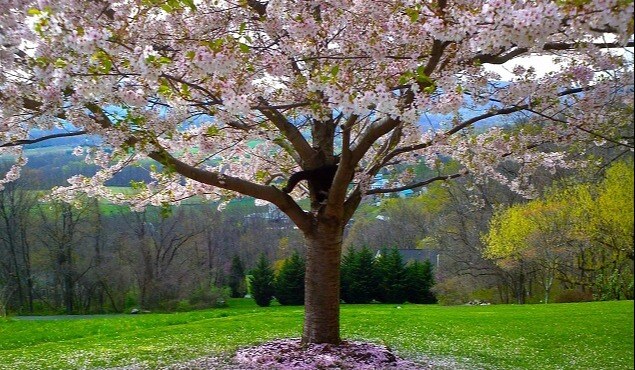
Tree maintenance is essential
Whether you are planting a new tree or moving into a yard full of them, regular maintenance is key to preventing damage. Knowing what kind of trees you have and what they need is also essential. If you need to know what type of trees you have, here's a handy identification tool. Maintenance includes regularly checking your tree's health, pruning branches close to your home, and removing dead branches or trees. There are often signs that a tree is unhealthy and prone to falling. For most trees, it's best to prune in late winter before new growth begins.
What type of trees should you avoid planting near your home?
Trees that are prone to damage
Let's tackle why you might avoid certain types of trees. You notice the popular Bradford Pear all over Virginia for its beautiful white blooms each spring. But those attractive flowers are quite potent and smell like dead fish! More importantly, this top-heavy, v-shaped tree is very prone to splitting during severe weather. If you're willing to deal with the smell, be sure to plant this tree at least 15-20 feet away from your house.
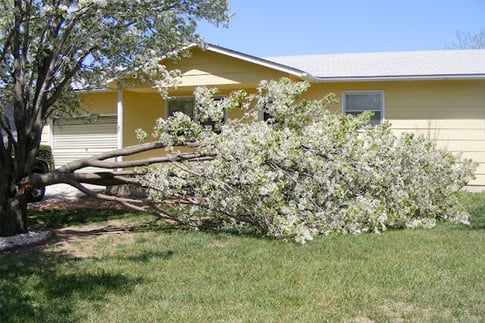
Trees that are smelly and messy
Speaking of stinky trees, you might want to avoid the Ginkgo tree unless you are able to find the male variety that produces no seeds. In the fall, the female tree drops a messy, vomit-like-smelling fruit that sticks to shoes and gets tracked inside the house. No, thank you! The skin's pulp also contains a chemical that can launch skin blisters, similar to poison ivy. People who wish to harvest ginkgo fruits should wear rubber gloves. Otherwise, this conifer's stunning yellow fall foliage is hard to resist.
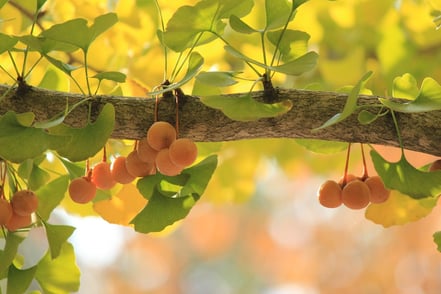
Trees with aggressive roots
There's also a list of trees with aggressive roots that should be planted far away from your home or septic system, like poplars, cottonwoods, aspens, silver maples, Norway maples, and American elm trees, among others. A tree's roots can spread up to three times the width of its crown, so it's important to place large trees an adequate distance away from your home so you don't run the risk of the roots causing structural damage to your home.
The weeping willow is an eye-catching southern tradition but requires so much water that it will invade your home's sewer pipes, septic tanks, and foundation walls. Plant one of these beauties if you live close to a watershed or pond and at least 100 feet from your home and septic.
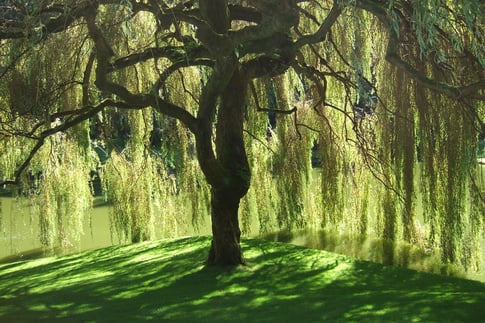
What types of trees are best to plant around your home?
Good choices for yard trees in Virginia include the crabapple and flowering dogwood, both with pretty spring blooms. The American hornbeam, American Holly, and the Eastern Redbud are all excellent choices and are easy to maintain. The crape myrtle provides shade and gorgeous late-summer flowers, while the Japanese maple has eye-catching red foliage in the fall. The Arbor Day Foundation has a nifty Tree Wizard Tool that can recommend the best tree by answering a few questions.
What's the best location to plant a tree?
Short, flowering trees won't interfere with overhead utility lines. Large deciduous trees on the southeast, southwest, and west can provide cooling shade in the summer but won't obstruct the warming winter sunlight. An evergreen planted to the north can help block cold winds in winter.
When you pick a planting spot for a new tree, please be sure to choose a location based on what it will become in ten to twenty years. Size can be deceiving! Remember to consider your neighbor's house and property when choosing a location for your tree. Be sure to pick a healthy tree and plant it with ample room to grow. As trees age and get taller, they become more susceptible to being uprooted by the wind.
Maximum growth potential, in feet, should be the planting distance from your home and other structures.
Check the tag of that cute little sapling or, better yet, google it. You'll learn its growth potential and a lot about its less-cute qualities, like invasive root systems, flammable foliage, and messy saps, seeds, and fruit! Trees with non-invasive root systems might be less likely to interfere with sidewalks, sewers, or your home.
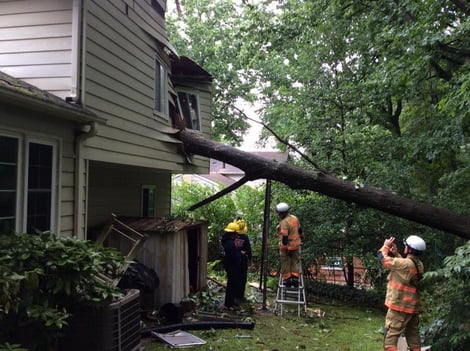
Does home insurance pay for tree damage?
Home insurance can pay for damage to your covered property from fallen trees during hurricanes, tornados, wind, lightning, or hail, no matter who owns the tree. If a tree hits covered property, a home insurance policy can cover the cost of removing the fallen tree and repairing the damage. Tree removal limits depend on the carrier and the type of policy purchased.
If the fallen tree did not hit an insured structure, there may be no coverage for debris removal. However, some insurance companies sell endorsements that can cover fallen trees up to a set limit that does not hit a covered structure. Some insurance companies may also pay for the cost of removing the fallen tree if it blocks a driveway or walkway.
Check out the experience the Duvalls had with a mature tree at their Charlottesville home.
Plan well and enjoy your trees
Planning well when choosing what kind of tree, where you plant it, and the proper maintenance is essential to protecting your home. It will also reduce the chance you'll regret your tree down the road when it's big, problematic, and expensive to remove.
Once you've done a good job of selecting, planting, and caring for your trees, the rest is fun. They're sure to bring your family years of enjoyment, and your home insurance will keep your home protected.
Learn more about homeowners insurance in Virginia >
THE NORTHERN NECK INSURANCE INTEGRITY PROMISE — We pledge to provide straight talk and good counsel from our NNINS Virginia insurance experts through our blog. While we hope you find this to be a helpful source of information, it does not replace the guidance of a licensed insurance professional, nor does it modify the terms of your Northern Neck Insurance policy in any way. All insurance products are governed by the terms in the applicable insurance policy.
